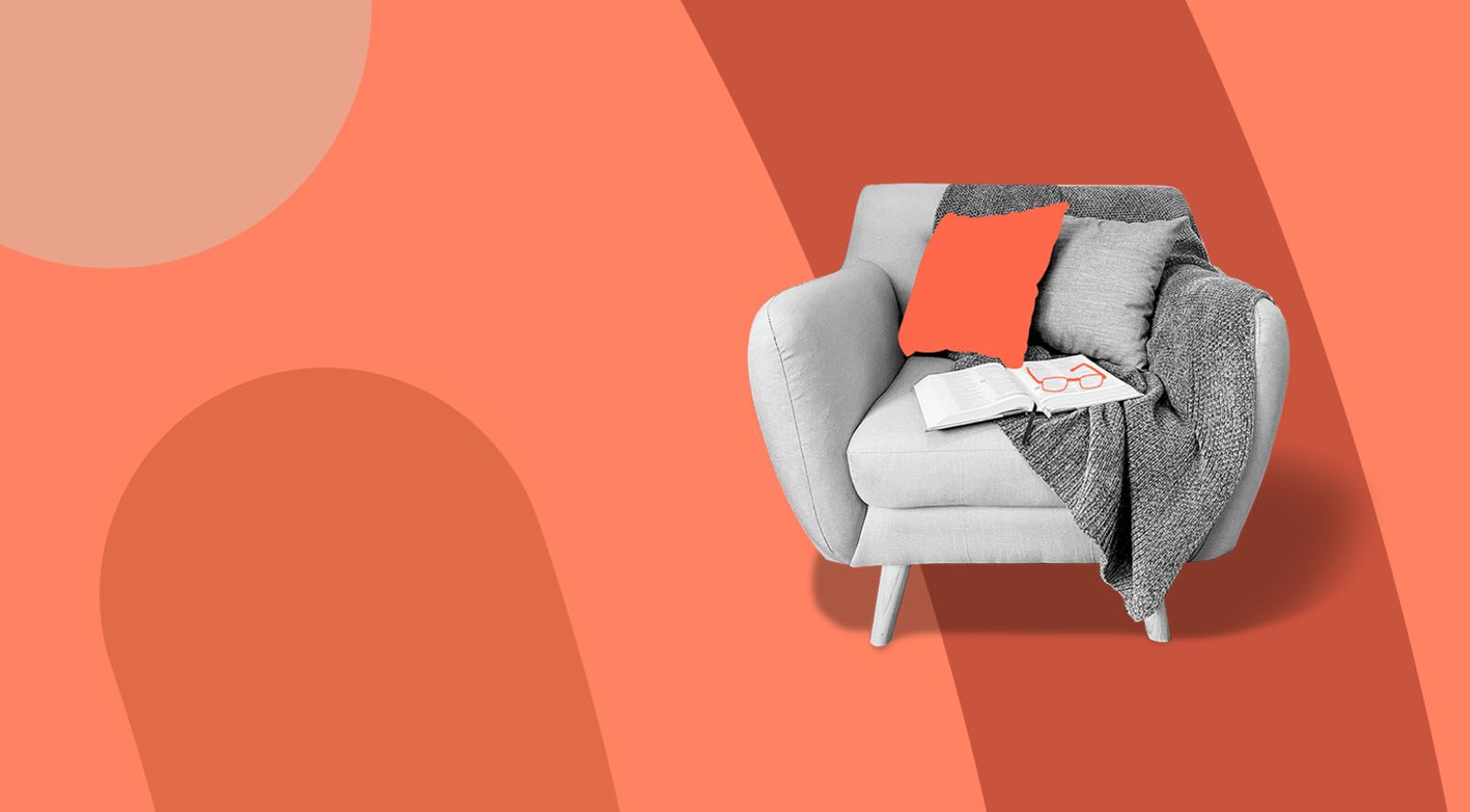How to bleed your radiator: 7 simple steps

How to bleed a radiator: bleeding a radiator in 7 simple steps
Be honest - how often do you bleed your radiator...if at all? Yep, we thought so, and you’re not the only one. Unless the pipes are making a real racket, few of us think to do it.
However, bleeding your radiators is one of the easiest ways to cut your energy bills, all whilst keeping your home toasty and warm during the winter. A win-win.
Why it’s important to bleed your radiator
Over time, air gets trapped inside a radiator and forms a pocket or bubbles at the top, which block the water from circulating around. As a result, the water is unable to heat the whole radiator, causing it to be hot at the bottom, but cold at the top.
When the radiator isn’t giving out as much heat as it should, people often whack up the thermostat. Their energy bills then shoot up, but they don’t get any of the warmth. Grim. To make sure your heating system stays in tip-top working order, you should bleed them at least once a year.
Wondering how do you bleed a radiator? We’ve put together a simple step-by-step guide to walk you through it.
You will need:
- A radiator bleed key: the majority of DIY stores sell them. If your house has modern radiators you might be able to use a flathead screwdriver, however it’s best practice to use a key.
- A towel: to protect your floor or carpet
- A rag: to catch drips
- A pair of thin rubber gloves
Step 1: turn the heating on
- Wait for all the radiators in your house to warm up completely.
Step 2: find out which radiators need bleeding
- Feel along the top of each radiator, and check to see if there is an even temperature across the whole surface.
- If the radiator is cold at the top but warm at the bottom, this is a clear sign that you need to bleed it.
- Sometimes you might also hear a gurgling or clucking sound. This also suggests the radiator is not working properly and needs to be bled.
- Be careful, the radiators might be hot to touch. You could wear a pair of thin rubber gloves to make sure you don’t get burnt.
Step 3: turn off the heating
- Wait for the radiators to cool completely. This is very important to remember, otherwise you risk scolding yourself.
Step 4: find the bleed valve
- The bleed valve is often found on the side of the top corner of the radiator. It looks like a round hole with a square inside.
- If your home has more than one floor, you should start with the radiator that is furthest away from the boiler on the lowest floor, and then work your way up (this is because air rises through the system).
- Now you’ve located the first bleed valve, place your cloth or towel below it to protect your floor in case of any spillages; radiator water is often discoloured and can lead to a nasty cleaning job.
Step 5: open the bleed valve and release the air
- Put on some rubber gloves and hold the bleed key with a cloth.
- If you open the valve too far you might get some water spurting out, so it’s a good idea to have a bucket or bowl handy.
- Insert the key into the bleed valve, you’ll feel them lock together.
- Carefully turn the key anti-clockwise until you hear a hissing sound (which is the air escaping). A quarter of a turn should be enough; never open the valve fully. You might also get a few drops of water coming out.
- The escaping air might be hot so make sure to keep a safe distance.
Step 6: close the bleed valve
- Once the air has escaped, water will start to leak out. Now’s the time to tighten up the valve - so turn the key clockwise.
- Modern bleed valves may release a jet of water, so be prepared to close the valve quickly.
- Make sure not to over-tighten the valve as this might damage it. You just need to close it enough to seal the radiator.
And congratulations, you’ve bled your first radiator! Feeling like a true handyman? Yep, us too. Now, work your way through the rest of the radiators in your house.
Step 7: last but not least, check the boiler pressure
- Once you’ve bled all the radiators, you need to check the pressure of your heating system. You can find this out by looking at the pressure gauge on the front of the boiler.
- The ideal pressure is usually between 1 and 2.
- If the pressure is normal then you can turn your heating back on and, if all has gone to plan, your radiators will be working and there won’t be any cold patches.
- If the pressure is too low, then you’ll need to re-pressurise the heating system.
- To do this, you have to locate the central filling loop connected to your boiler. This sounds more complicated than it is, it normally looks like a tap.
- Turn it slowly and watch as the needle rises back up to 1.5. Some modern boilers might come with a key; if this is the case for you, put it in the slot and turn slowly.
And ta-da! Click your heating back on and bask in the new found warmth of your working radiators, and feel smug knowing that your energy bills won’t be going up. Check out our 12 other ways for renters to reduce their utility bills here!
One final tip - the best time to bleed your radiator system is at the very beginning of winter, before you really need it. So get ahead of the game and make sure your heating is functioning at it’s finest before the next ‘Beast from the East’ hits. There are only so many layers you can wear before a serious sense of humour failure kicks in...
Whilst you’re here, why not read about the ‘Best security cameras for renters’, 'How to clean grout and keep your bathroom looking fresh' or ‘how to lighten a dark room with no natural light’.
If you want to learn more about Urban Jungles's policies:
Read more about our Contents insurance policy here.
Read more about our Buildings and Contents insurance policy here.





